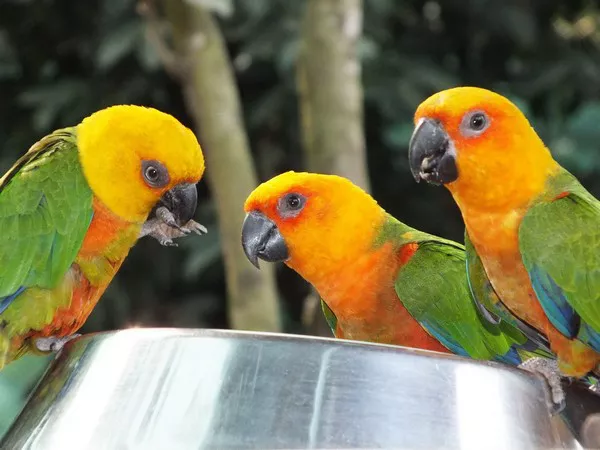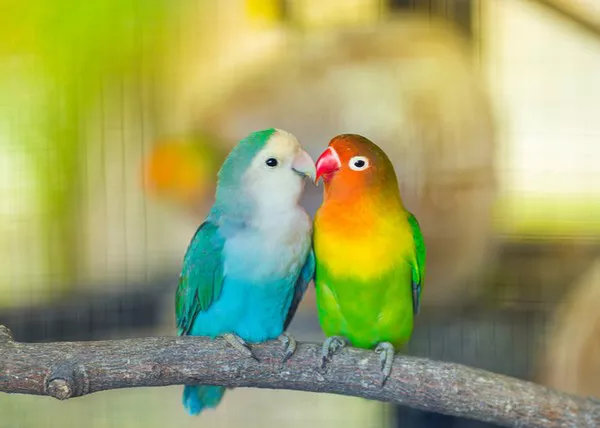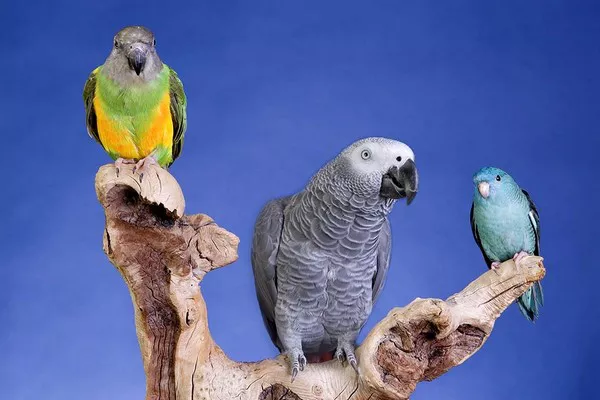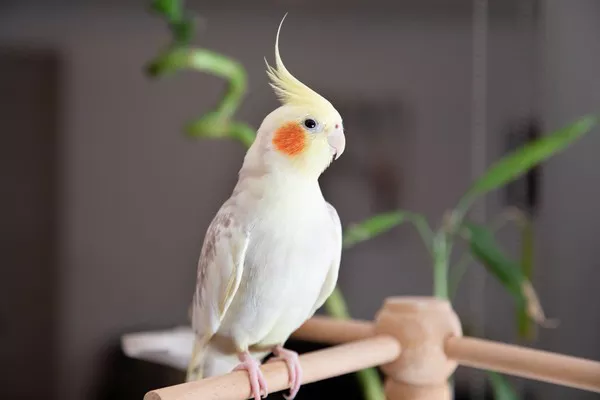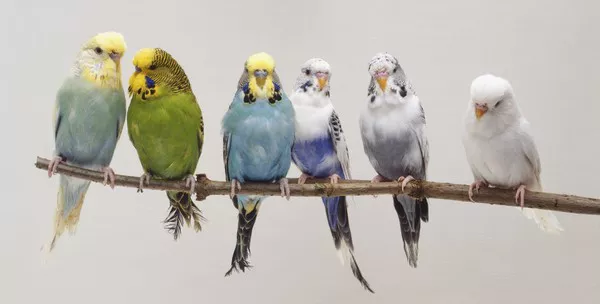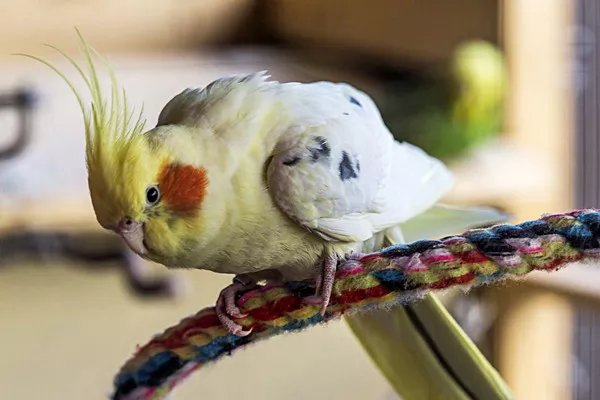African grey parrots are one of the most popular and intelligent species of pet birds. They are known for their incredible ability to mimic sounds and even learn to speak human language. But how do they do it? In this article, we’ll explore the science behind how African grey parrots are able to talk and provide tips for teaching your bird to talk.
The Anatomy of African Grey Parrots
The first thing to understand about how African grey parrots talk is their anatomy. Parrots have a unique vocal system that allows them to produce a wide range of sounds. Their vocal cords are located at the base of their trachea and are controlled by a specialized muscle called the syrinx.
African grey parrots have a highly developed syrinx that enables them to produce a wide range of sounds, including complex vocalizations. They also have a specialized vocal structure called the “tongue apparatus,” which allows them to manipulate their tongue and throat muscles in precise ways to produce specific sounds.
The Importance of Early Socialization
While anatomy plays a role in a parrot‘s ability to talk, socialization is also a key factor. African grey parrots are social animals that are highly attuned to the sounds and movements of their environment. In the wild, they use vocalizations to communicate with other members of their flock and to warn of potential threats.
When African grey parrots are raised in captivity, they are often exposed to human language and other sounds from an early age. This early exposure can help them develop the ability to mimic sounds and learn to speak human language.
Training Your African Grey Parrot to Talk
If you want to teach your African grey parrot to talk, the key is to start with simple, repetitive words and phrases. Start by saying the word or phrase clearly and slowly, and then repeat it several times. It’s important to be patient and consistent with your training, as it can take several weeks or even months for your bird to learn a new word or phrase.
Once your bird has learned a few basic words or phrases, you can start to introduce more complex words and sentences. You can also use positive reinforcement techniques, such as offering treats or praise when your bird successfully mimics a word or phrase.
It’s important to remember that not all African grey parrots will be able to talk, and some birds may have a greater aptitude for learning than others. It’s also important to be respectful of your bird’s natural vocalizations and not to force them to speak if they don’t want to.
Potential Challenges and Solutions
Teaching your African grey parrot to talk can be a rewarding experience, but it can also come with some challenges. One common challenge is that birds may only learn to mimic sounds or words in a specific tone or pitch. This means that if you teach your bird to say a word in a high-pitched voice, it may not be able to produce the same word in a lower pitch.
To overcome this challenge, it’s important to teach your bird to say words in a variety of tones and pitches. You can also try recording your own voice saying a word or phrase and playing it back to your bird in different tones and pitches.
Another potential challenge is that some African grey parrots may become too attached to their owners and may not want to interact with other people. This can make it difficult for them to learn new words or phrases from other individuals.
To overcome this challenge, it’s important to socialize your bird with a variety of people and to encourage them to interact with different individuals. You can also try playing recordings of other people’s voices to your bird to help them become familiar with different vocalizations.
In conclusion, African grey parrots have a unique vocal system that enables them to produce a wide range of sounds and even learn to speak human language. While anatomy plays a role in their ability to talk, socialization and training are also important factors. By starting with simple, repetitive words and phrases and using positive reinforcement techniques, you can teach your African grey parrot to talk.
It’s important to be patient and consistent with your training, as it can take time for your bird to learn new words and phrases. It’s also important to be respectful of your bird’s natural vocalizations and not to force them to speak if they don’t want to.
If you do decide to teach your African grey parrot to talk, there are some potential challenges that you may face. These include the bird only being able to mimic words in a specific tone or pitch, or the bird becoming too attached to their owner and not wanting to interact with other people.
To overcome these challenges, it’s important to teach your bird to say words in a variety of tones and pitches and to socialize them with different people. You can also use recordings of other people’s voices to help your bird become familiar with different vocalizations.
In addition to being able to talk, African grey parrots are known for their high level of intelligence and ability to problem solve. They are also highly social animals that require a lot of attention and interaction. If you are considering getting an African grey parrot as a pet, it’s important to do your research and understand the commitment involved in caring for these birds.
Recommended reading:



